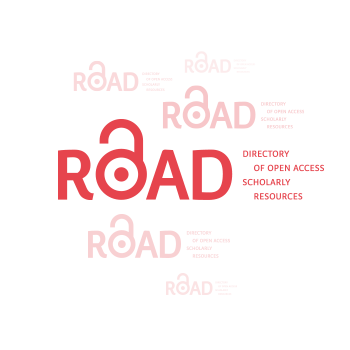Stigmatized Identities and Phonological Accommodation to the Urban Dialect in Palestine: A Sociolinguistic Study
DOI:
https://doi.org/10.59994/pau.2024.3.71Keywords:
Accommodation, Urbanization, Dialects, Identity, PrestigeAbstract
Communication accommodation is concerned with people's linguistic behavior during oral interaction with others. Convergence with the listener is one of the most salient features of accommodation that is determined by various contextual, regional, social and psychological factors. This paper investigates the tendency to use the urban phonological and non-rural features in the speech of villagers who come from rural settings for educational purposes in the town of Abu-Dees in Palestine. It also attempts to reveal the potential goals behind this accommodative linguistic behavior. The study traces how nine phonological rural sounds in the speech of the target group are shifted to the urban varieties. Through quantitative data, the study found that villagers accommodate to the urban dialect in different degrees. Rural phonemes, mainly the palatal affricate /ʧ/ and the interdental /ðˁ/, are missing the ground to the urban equivalents, and from a sociolinguistic perspective, the results are significant and interpretable. The significance of the study arises from the fact that the findings showed that some villagers relinquish their rural varieties for the sake of imitation, prestige, softness and bullying avoidance.
Downloads
References
Abdel-Jawad, H. R. (1986) “The emergence of an urban dialect in the Jordanian urban centers”. International Journal of the Sociology of Language, 61 (1), 53–63. DOI: https://doi.org/10.1515/ijsl.1986.61.53
Abdel-Jawad, H. R. (1987). "Cross-dialect variation in Arabic: Competing prestigious forms. Language in Society, 16 (3), 359-367. DOI: https://doi.org/10.1017/S0047404500012446
Al-Tamimi (2001). Phonetic and Phonological Variation in the Speech of Rural Migrants in Jordanian City. Doctorate thesis. University of Leeds.
Amara, M. (2005). Language, migration and urbanization: The case of Bethlehem, Linguistics, 43 (5), 883-901. DOI: https://doi.org/10.1515/ling.2005.43.5.883
Ech-Charfi, A. (2020). The Expression of Rural and Urban Identities in Arabic. In R. Bassiouney & K Walters (eds.), The Routledge Handbook of Arabic and Identity (pp 214-233). Routledge/Taylor. DOI: 10.13140/RG.2.2.10658.0736. DOI: https://doi.org/10.4324/9780203730515-7
Gordon, M. (2019). Language Variation and Change in Rural Communities Matthew J. Annual Review of Linguistics, 5: 435–53. DOI: https://doi.org/10.1146/annurev-linguistics-011817-045545
Kherbache, F. (2017). A Sociolinguistic Study of Dialect Contact and Accommodation in Beni Snous. Doctorate Thesis. University of Abou Baker Belkaid-Tlemcen.
Milhem, N. (2014). Language and Palestinian Identity. Anglisticum Journal (IJLlIS), 3 (4), 74-82.
Miller, C. (2007). Arabic urban vernaculars: Development and Changes. In C. Miller, (Ed), Arabic in the City. Issues in Dialect contact and language variation (pp. 1-30). Routledge/Taylor.
Miller, C, & Caubet, D. (2010). Arabic sociolinguistics in the Middle East and North Africa (MENA). In M. J. Ball (Ed), The Routledge Handbook of Sociolinguistics Around the World (pp.238-256). Routledge. Accessed on: 18 Nov 2023 DOI: https://doi.org/10.4324/9781003198345-35
Zhang, Y. B., & Giles, H. (2018). Communication accommodation theory. In Y. Y. Kim (Ed.), The International Encyclopedia of Intercultural Communication (pp. 95-108). Hoboken, NJ: Wiley.
Theodoropoulou, I. (2018). "Social Status, Language, and Society in the Arab World". In E. Benmamoun and R. Bassiouney (Ed.), The Routledge Handbook of Arabic Linguistics (pp. 371-386). Routledge: Accessed on: 18 Nov 2023 DOI: https://doi.org/10.4324/9781315147062-21
Trudgill, P. (1986). Dialects in Contact. Oxford: Blackwell.
Downloads
Published
How to Cite
Issue
Section
License
Copyright (c) 2023 Journal of Palestine Ahliya University for Research and Studies

This work is licensed under a Creative Commons Attribution 4.0 International License.
مجلة جامعة فلسطين الاهلية للبحوث والدراسات تعتمد رخصة نَسب المُصنَّف 4.0 دولي (CC BY 4.0)











